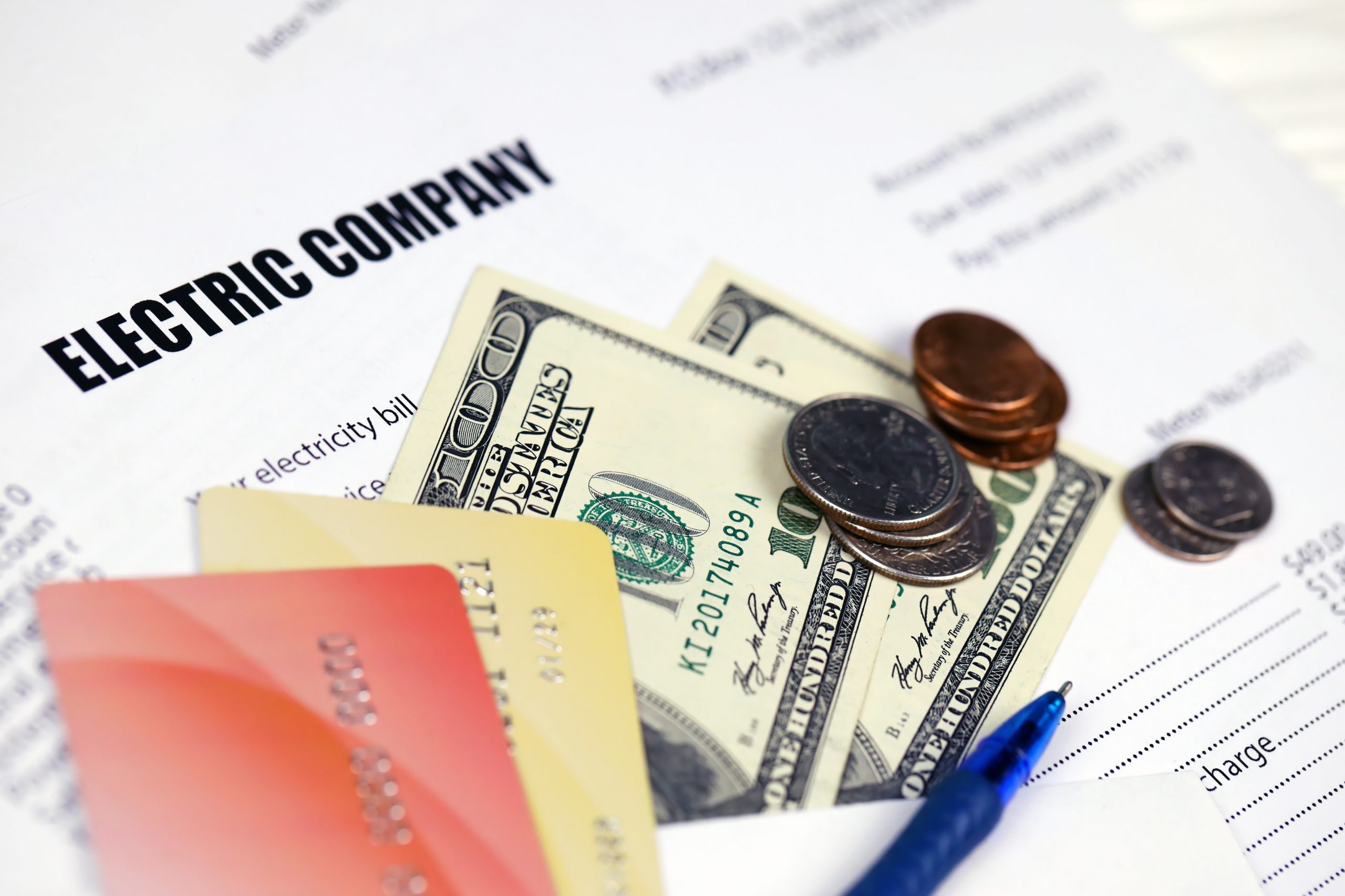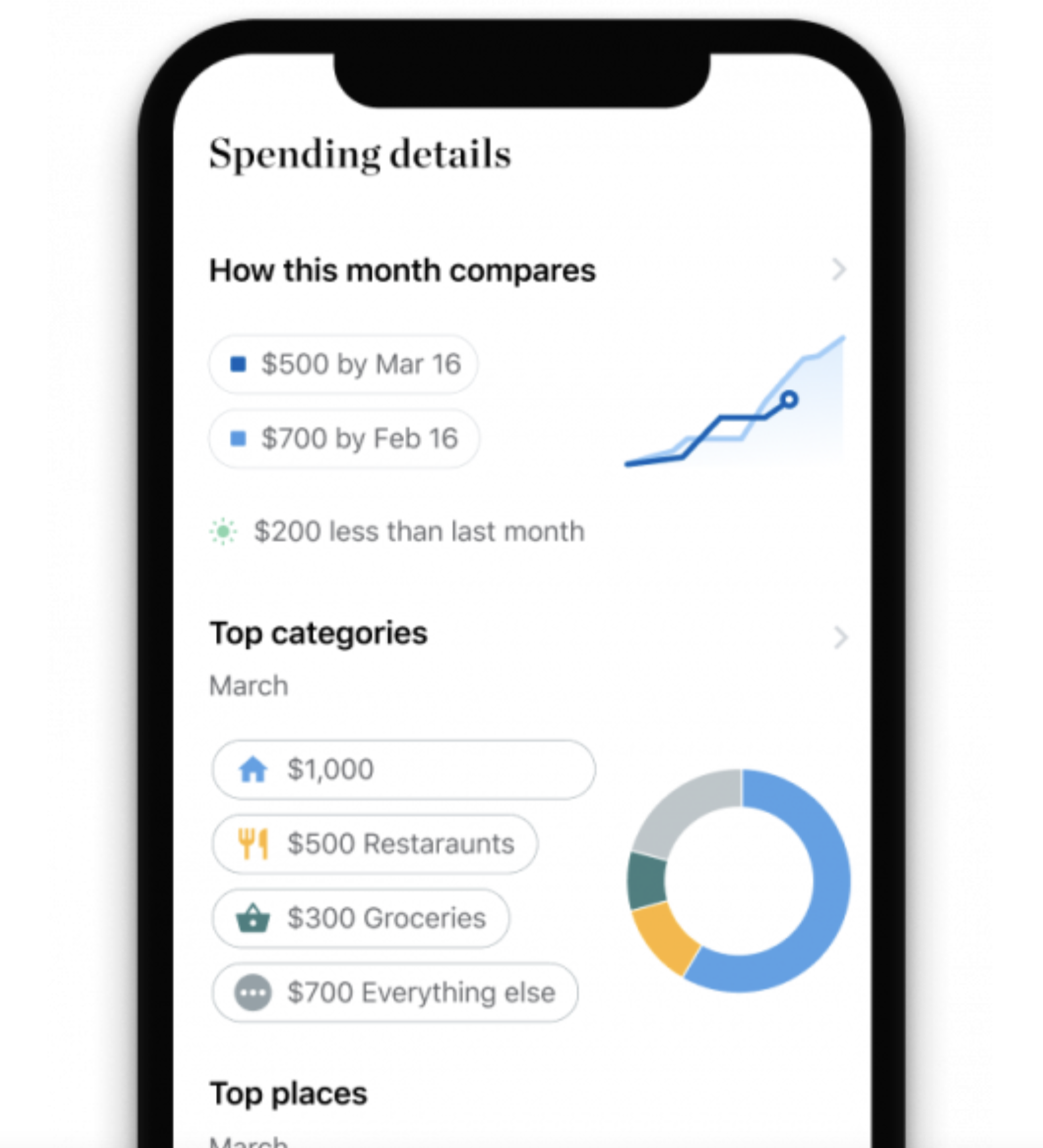
According to the Consumer Price Index, (a broad measure of the price for everyday goods), inflation surged to 9.1% in June. This increase is being reflected in everyone’s utility bills. You can’t do much to affect the price of energy, but you can minimize the energy you consume. By making small changes such as unplugging unused appliances, washing your clothes, cooking or setting your thermostat, you can save a bit of money and make your home more efficient.
Here are 9 ways to immediately lower your utility bills.
Adjust your thermostat
One of the impactful ways to reduce your electricity bill is to adjust your thermostat. According to the Department of Energy, you can save as much as 10% on your heating and cooling costs by adjusting your thermostat by only 7 to 10 degrees for eight hours per day.
The best way to do this is to adjust your thermostat at night when you are sleeping or when you are away from home. If you have a smart thermostat, you can preset your thermostat to adjust during these hours so you don’t forget.
Adjust the temperature on your water heater:
The default temperature setting on water heaters is typically 140 degrees. By lowering your heater to 120 degrees you can reduce your water heating bill by up to 10%. If going on vacation, be sure to turn your water heater to the lowest setting to conserve even more.
Setting your water heater to a lower temperature can save hundreds of dollars a year. Adjusting your water heater’s temperature is easy. The thermostat dial on your water heater is likely near the bottom of the tank on the electric or gas control valve.
Unplug or turn off devices you aren’t using
By leaving things around your house plugged in and turned on when you aren’t using them, you’re driving up your electric bill unnecessarily.
Of course, remember to turn off lights when you aren’t in the room or when there is enough light natural light. You can also save money by unplugging appliances you aren’t using. Phantom energy, the energy your appliances use when they’re plugged in but not turned on, can cost an average of $100 per year. This simple savings could offset the increase form inflation.
Actually use your dishwasher
It might sound counterintuitive to suggest running an appliance to save on your electricity bill. But any dishwasher manufactured since 2013 is limited to using 5 gallons of water. If it’s a compact size dishwasher, it’s limited to 3.5 gallons.
Hand-washing your dishes uses much more than 5 gallons of water. According to the US Geological Survey estimates that it takes anywhere from 9 to 27 gallons of water to hand-wash a load of dishes. So go ahead and use your dishwasher.
Change your air filters
When you don’t change your air filters regularly enough, this debris gets into your HVAC system and bogs it down, reducing its efficiency. According to the Department of Energy, replacing your filters on schedule can lower your air conditioner’s energy consumption by anywhere from 5% to 15%.

Use smart power strips
Many electronic devices never truly power off. They sit idle in standby mode using a trickle of power that can add up over time. Be careful with items with a remote control, because the remote sensor needs power while waiting for your input. Plug these electronics into a smart power strip, which cuts off the current when the devices aren’t in use.
Adjust your fridge and freezer temperature
Set your fridge to 38 degrees and your freezer between 0 and 5 degrees. This will keep your food fresh, but your fridge and freezer won’t need to work as hard to maintain the temperature.
Don’t wash clothes in hot water
Stick to warm or cold water when you do laundry and cut your per-load energy usage by fifty percent.
Lastly get an electricity audit
Lastly consider contact your energy companies for a free audit. They will do a room-by-room examination of your home and look at your electricity bills to help determine where you’re wasting energy. By following their advice you can reduce your electric bill to the lowest level and save even more money.
Or as another option is to conduct your own home energy audit by using the US Department of Energy website’s instructions. Either way an energy audit will help you gain the most out of your energy expenditures. Throught these 9 simple steps to immediately lower your utility bills, you will save yourself hundreds.
Next steps Lower Your Utility Bills
There are many steps, big and small, that you can take to reduce your consumption and save money on your bills. The Department of Energy has an entire section of its website devoted to providing tips to help you save on energy. And while plenty of them come with a price tag, there are many more just like those on this list that you can do for free.
15 Ways to Immediately Lower Your Utility Bills
Many or all of the products featured here are from our partners who compensate us. This may influence which products we write about and where and how the product appears on a page. However, this does not influence our evaluations. Our opinions are our own. Here is a list of our partners and here’s how we make money.
Keeping the lights on isn’t cheap — never mind the air conditioning, furnace and hot water heater. In fact, the typical family spends more than $1,400 per year on utilities, according to the Energy Department.
Tweaking your usage can lower your bill by as much as 25%. Try these effective ways to save money:
- Check seals on windows, doors and appliances.
- Fix leaky ductwork.
- Give your thermostat a nudge.
- Adjust your fridge and freezer temperature.
- Take shorter showers.
- Replace your showerhead.
- Don’t wash clothes in hot water.
- Fix leaky faucets.
- Adjust the temperature on your water heater.
- Purchase energy-efficient appliances.
- Ask about discounted rates.
- Swap out your lightbulbs.
- Install dimmer switches.
- Use smart power strips.
- Do an energy audit.
Keep reading to explore these ways to lower your average electric bill, according to Energy.gov.
Heating and cooling
Home heating and cooling are the biggest culprits behind hefty utility bills — and the best places to look for cost-cutting opportunities.
- Check seals on windows, doors and appliances: Make sure your fridge and freezer are well sealed to keep the cold air where it belongs. The same goes for doors and windows. A bad seal allows energy to seep out, draining your wallet in the process.
- Fix leaky ductwork: Improve the efficiency of heating and cooling systems by repairing leaky heating, ventilation and air conditioning ducts.
- Give your thermostat a nudge: Set your thermostat back 10 to 15 degrees when you’re asleep or away from home. Doing so for eight hours can lower your annual heating and cooling costs by around 10%. A programmable thermostat does the work for you.
- Adjust your fridge and freezer temperature: Set your fridge to 38 degrees and your freezer between 0 and 5 degrees. This will keep your food fresh, but your fridge and freezer won’t need to work as hard to maintain the temperature.
Make the most of your cash
Track all your spending at a glance to understand your trends and spot opportunities to save money.

» MORE: How much is the average gas bill?
Water
Hot water is the second-largest expense in powering most homes, according to the Energy Department. Cutting back on your hot water usage — in the shower, laundry and dishwasher — can make a sizable dent in your overall energy bill.
- Take shorter showers: Trimming two minutes off your shower time can cut your water usage by five gallons.
- Replace your showerhead: An efficient showerhead can reduce your water usage by 2,700 gallons per year. Look for one with the WaterSense label, which is certified to meet efficiency criteria set by the Environmental Protection Agency.
- Don’t wash clothes in hot water: Stick to warm or cold water when you do laundry and cut your per-load energy usage by at least half.
- Fix leaky faucets: That drip, drip, drip isn’t just annoying, it wastes gallons of water.
- Adjust the temperature on your water heater: The default temperature setting on water heaters is typically 140 degrees. Lowering it to 120 degrees can reduce your water heating costs by up to 10%. Leaving town for a few days? Turn your water heater to the lowest setting to conserve energy usage.
- Purchase energy-efficient appliances: If you’re in the market for a new washer, dishwasher or water heater, buy an energy-efficient model to yield long-term savings. A dishwasher with the Energy Star label is required to use 3.5 gallons of water or less per cycle, compared with the more than 10 gallons used by some older models. Prioritize appliances that run most often, like the fridge, HVAC system, water heater, dehumidifier, TV, washer and dryer.
- Ask about discounted rates: Some utility providers offer cheaper rates during certain times of the day, making laundry and other energy-intensive chores 5% to 25% less expensive during off-peak times.
» MORE: What is a utility bill?
Power and lighting
Keeping the lights and electronics on accounts for roughly 11% or more of a home’s energy usage.
- Swap out your lightbulbs: Save $75 per year by swapping out the bulbs in your five most-used light fixtures with compact fluorescent or LED bulbs that bear the Energy Star label.
- Install dimmer switches: Dimmers let you set the brightness in a room to suit your needs, setting the mood and saving electricity.
- Use smart power strips: Some electronic gadgets never truly power off; instead, they sit in standby mode using a trickle of power that can add up over devices and time. These are usually — but not exclusively — items with a remote control, because the remote sensor needs power while waiting for your input. Plug these electronics into a smart power strip, which cuts off the current when the devices aren’t in use.
- Do an energy audit: Utility providers will often conduct a home energy audit, sometimes for free, and can identify additional ways to reduce your energy usage.
» MORE: Why is my electric bill so high?





